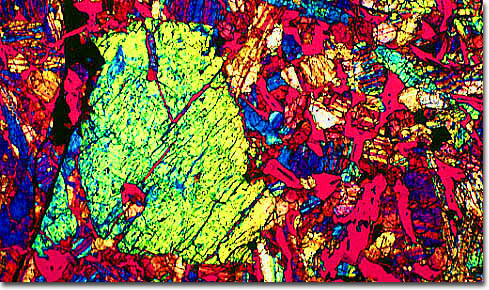|
Of the more than 20,000 meteorites that have been found on Earth, less than 30 have been identified as originating from Mars. Yet, this small handful of meteorites has received the greatest amount of public attention, especially in 1996 when NASA proclaimed that one of the Martian rocks contained evidence of microfossils. The meteorite that spurred the announcement is referred to as ALH84001 and was found in 1984 in an ice field in Antarctica. The likely origin of the meteorite was not recognized, however, until about nine years later when its chemistry was found to match that of samples obtained by the Viking spacecraft, which landed on Mars in 1976. The evidence regarding the possible signs of former life in the meteorite was not observed until even later because much of the technology utilized by the research team was not available previously. Though hotly contested, many scientists have agreed the Mars rock contains ancient organisms that were once alive. Yet, many also believe that is possible that these organisms are actually a sign of Earthly contamination.
|
